How many steps should an average skincare routine contain? Four? Five? Ten? With growing regimes becoming the norm and an overwhelming amount of products to choose from, it’s difficult to know exactly what we need to apply on our face and what we could really do without.
Ultimately, it’s up to you to decide what works best for your skin, but if you’re in need of a little guidance, we spoke to four skincare professionals for their expert advice. The good news is that you won’t need to give up your entire evening to the bathroom sink. 'I’m a firm believer in less is more,' says Dija Ayodele, founder of Black Skin Directory.
The general consensus around 'the bare essentials' is that you need a pleasingly streamlined edit of cleanser, hydrator and SPF. But, for peak skin condition it’s a good idea to add in a targeted serum and exfoliator, depending on your skin type.
As for what order in which to apply them, the golden rule is to start with the lightest texture and move up to the heaviest. That way, your delicate serum won’t have to muscle through a thick layer of lotion to hit its target (learn how to layer skincare with our Beauty Editor's tutorial here).
Here’s our cheat sheet to a simple, effective skincare routine:
Step 1: Cleanser
Great skin starts with your cleanser. It’s as necessary in the morning (since we sweat in our sleep) as it is in the evening. Alongside nixing make-up and grime, it’ll make skin more receptive to the products you put on next. As celebrity facialist Sarah Chapman explains, 'thoroughly clean skin dramatically improves the absorption of the high-performance serums you follow-up with, allowing maximum penetration of powerful actives for serious defence and repair in the skin.'
Make sure you choose one that’s right for your skin type. Oily and combination skin will benefit from a mild exfoliating cleanser. Ayodele recommends the Osmosis Purify Enzyme Cleanser, £21.95, for the AM to gently brighten and lift away old skin cells, while Gigi Shaker, Senior Medical Aesthetician at beauty and skincare destination, Young LDN, recommends a cleanser that contains salicylic acid if you’re acne prone. Try SuperFacialist Salicylic Acid Purifying Cleansing Wash, £9, or a hydrating cleanser if your concern is dryness, (such as La Roche Posay’s Toleriane Dermo Cleanser, £12.50).
To remove stubborn eye make-up and sunscreen in the evening, you’re best off doing a double cleanse, starting with an oil cleanser. 'My top recommendation is the DHC Make Up Remover, £24, as it’s lightweight, easy to apply, washes off easily and doesn’t feel greasy,' says Ayodele – followed by your morning face wash.
Step 2: Exfoliator (use as often as needed)
Exfoliating can be a bit of a conundrum. How much you need depends on your skin type. If you’re very oily you may find you can get away with a gentle exfoliation every day (by using an exfoliating cleanser like the aforementioned Osmosis Purify Enzyme Cleanser). If your skin errs on the dry side, however, it may be that you’re better off using a separate exfoliator just once or twice a week. And, if you use retinol which offers up its own exfoliating benefits (more on that to come), you may find you can forego exfoliators altogether. In general, some trial and error is needed to see what suits your skin.
There are two types of exfoliator to choose from, physical (scrubs) and chemical (low concentrations of skin resurfacing acids). Chapman, however, advices you opt for the latter. 'People are often guilty of too much scrubbing. Tearing the skin with crystals, micro-beads and sharp granules has a thinning effect. Instead, good skincare with lactic and salicylic acids or high levels of vitamin A (aka retinol) will smooth the skin’s surface and exfoliate naturally without causing damaging micro-tears.' Try Chapman’s own Skinesis Liquid Facial Resurfacer, £41 – a combination of face-friendly lactic and fruit acids which lift away dead cells, evens out skin texture and gives glow.
Step 3: Serum (optional)
Serums are best employed for specific skincare concerns such as pigmentation, fine lines or dullness. They pack more of a punch and contain higher concentrations of active ingredients than your moisturiser. What’s more, they can be applied in targeted areas (such as under eyes, on top of blemishes or around crows feet) rather than across your entire face, like your moisturiser.
'Your choice of serum should always be tailored to your specific skin concern and therefore could change weekly or even daily, depending on your skin’s needs,' says Chapman, but two hero ingredients the experts agree are worth looking out for are retinol and vitamin C.
Retinol (best used as part of your evening routine as it increases sun sensitivity), is considered the gold standard in smoothing skin, promoting cell turnover (thereby exfoliating) and boosting collagen. 'I recommend introducing vitamin A to the skin gradually,' says Chapman, 'as it can be sensitising at first, so building up a tolerance avoids irritation while retaining all the transformative benefits.’ The Ordinary’s retinol serums come in several concentrations from very mild 0.2% up to a much more potent 1%, so you can increase your dosage according to your skin.
Vitamin C (best used in the morning to protect your skin throughout the day), is a heavyweight antioxidant that shields skin against environmental damage, helps to see off stubborn dark spots and does a stirling job of brightening up dull complexions. 'Antioxidants [like vitamin C] will also boost the protection afforded by your sunscreen and help to control and quell excess melanin (which causes pigmentation),' says Ayodele, who recommends Neostrata’s vitamin C-infused Illuminating Serum, £50.99. Apply before moisturiser to give the ingredients a better chance to sink in.
Step 4: Moisturiser
'A good moisturiser that doesn’t clog pores but helps with skin hydration and healing should be used by most people,' says Dr Barbara Kubicka, aesthetic doctor and founder of Clinicbe. 'Especially if you’re using potent ingredients like retinol, since they can dry skin out.' What’s new however, is the advice being given around application. 'If you’re oily, you may only want to moisturise once a day rather than twice,' says Shaker. Or, if you’re getting enough in the way of hydration from your serum 'you can skip it altogether and head straight to sunscreen,' says Ayodele.
Most combination to dry skin types, however, will benefit from moisturiser to lock-in hydration and safeguard our skin barrier. Choose a texture that works for you – for instance light and oil-balancing like Vichy Normaderm Correcting Anti-Blemish Day Care, £15 if you’re a little oily, or rich and nourishing such as Avene Hydrance Rich Hydrating Cream, £15.50, if your skin’s in need of some more TLC.
Step five: SPF (in the morning)
An oft-neglected but absolutely fundamental step, sunscreen is the number one way to protect against premature ageing. It’s often not enough to rely on SPF in your moisturiser since many don’t offer the amount of coverage necessary to shield skin, nor broad spectrum protection against both UVA and UVB rays.
But, standalone sunscreens are getting even smarter, with many now offering protection against sun rays, pollution and even damaging blue light from our digital devices, in one. Murad Invisiblur Perfecting Shield SPF 30, £65, is one such multi-tasker and defends against all three. Apply it as the last step of your skincare routine so that it’s the first line of defence. Or, try The Body Shop's Skin Defence Multi-Protection Lotion SPF 50+, £22 – it's super light so feels lovely under make-up and also contains skin-brightening vitamin C.
SHOP: The Best Skincare Products To Use Every Day
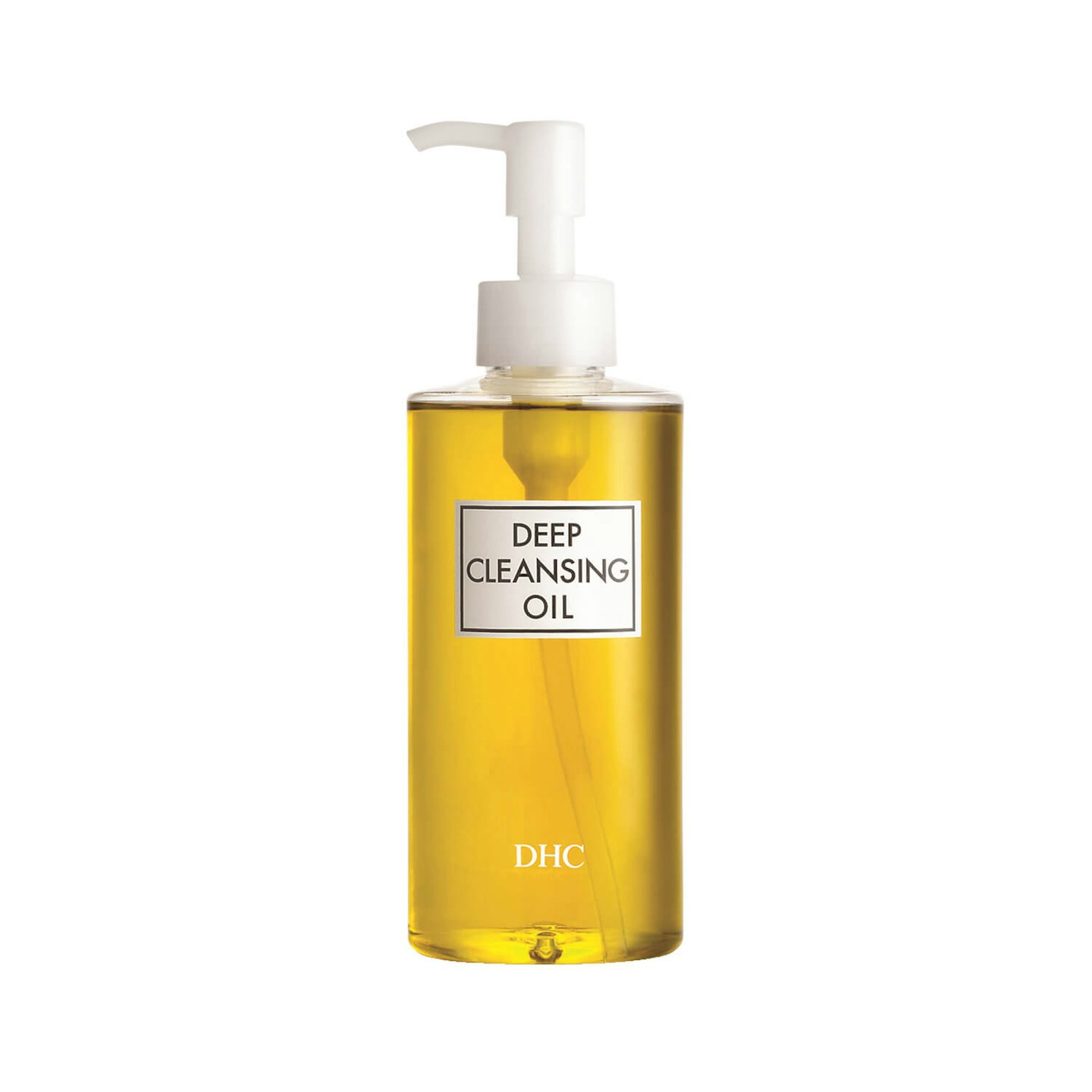 1 of 8
1 of 8DHC, Deep Cleansing Oil, £24
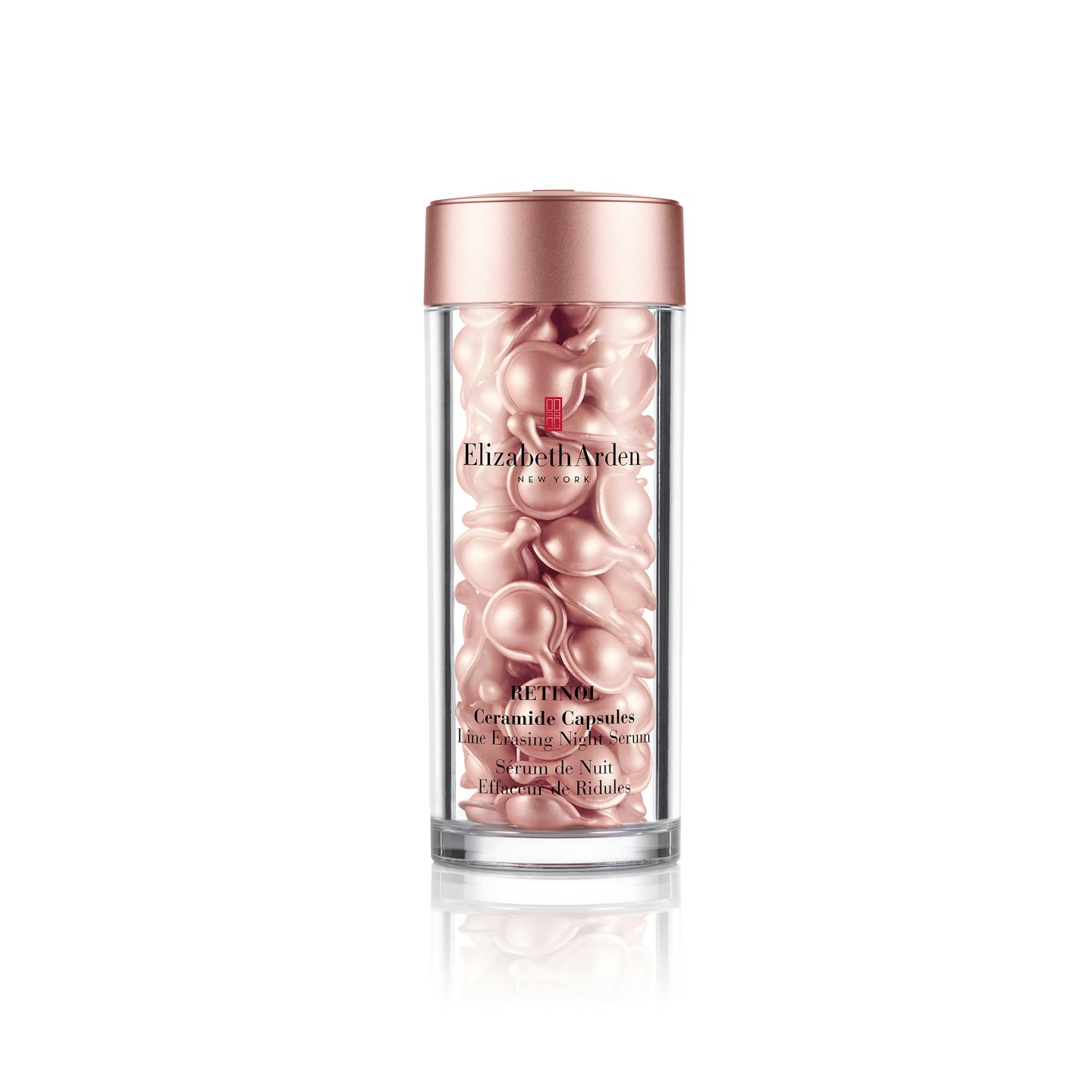 2 of 8
2 of 8Elizabeth Arden, Retinol Ceramide Capsules Line Erasing Night Serum, £75 for 60
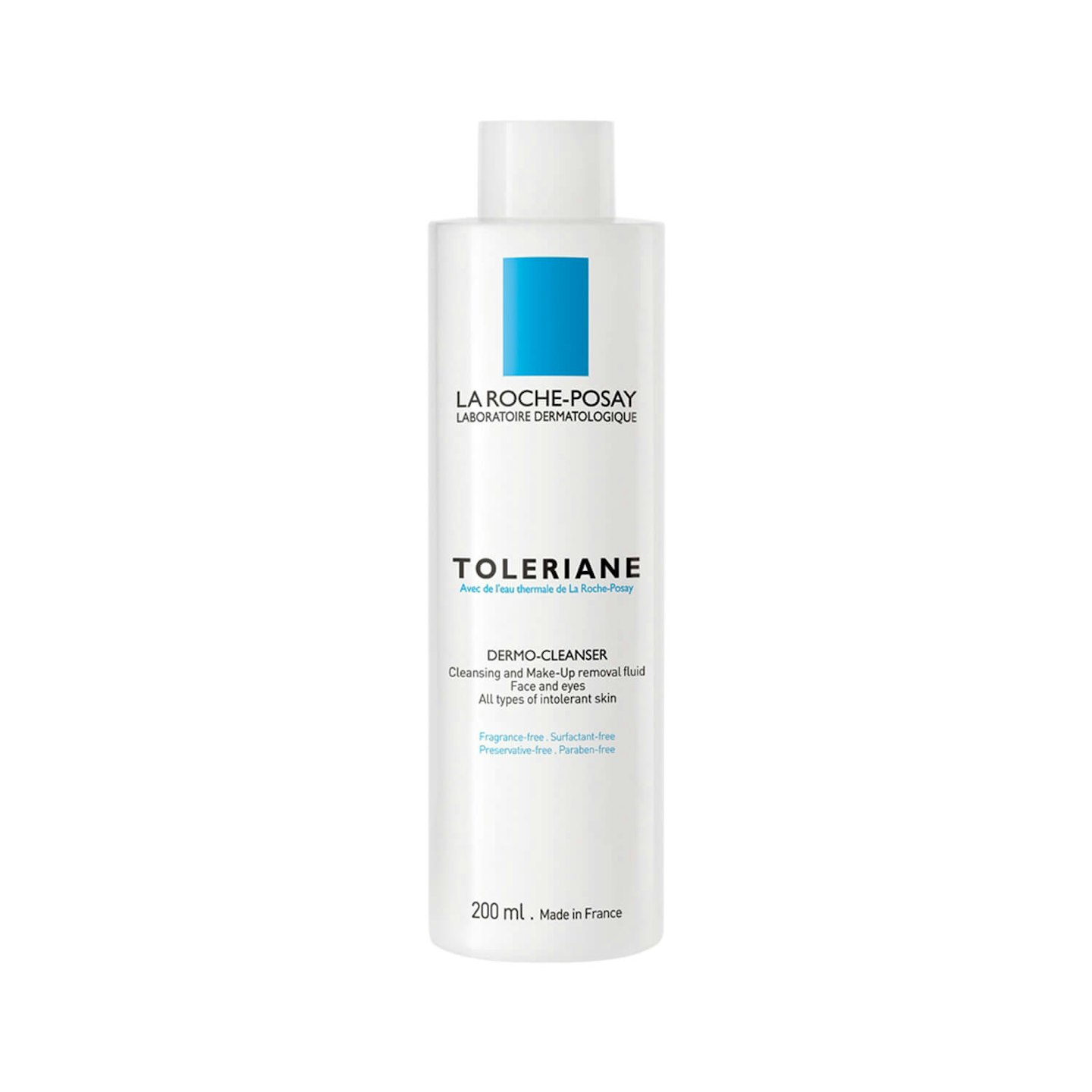 3 of 8
3 of 8La Roche Posay, La Roche-Posay Toleriane Dermo-Cleanser, £9.35
 4 of 8
4 of 8Super Facialist, Salicylic Acid Purifying Cleansing Wash, £6
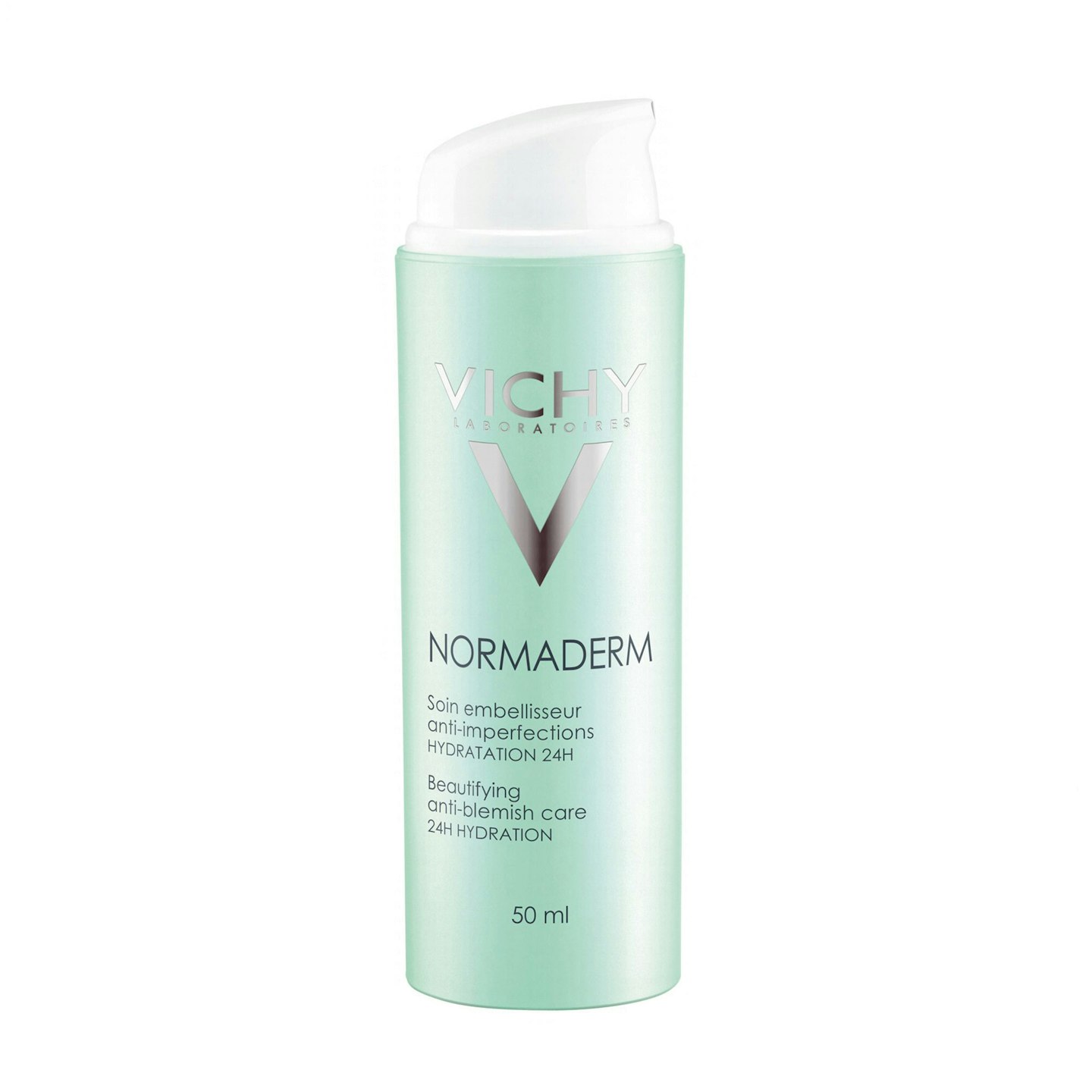 5 of 8
5 of 8Vichy, Normaderm Beautifying Anti-Blemish Care, £15
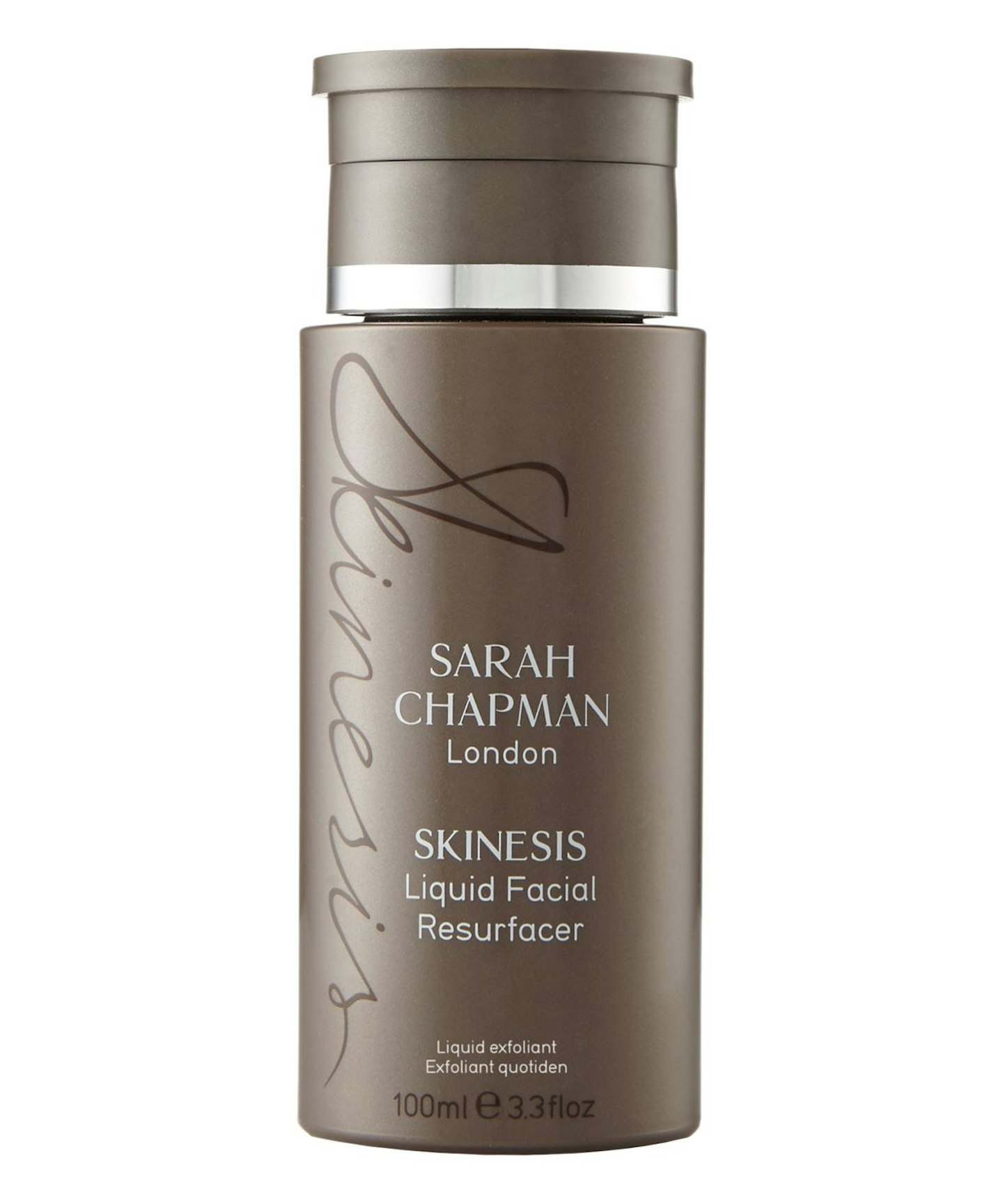 6 of 8
6 of 8Sarah Chapman, Liquid Facial Resurfacer, £43
 7 of 8
7 of 8The Body Shop, Skin Defence Multi-Protection SPF50, £22
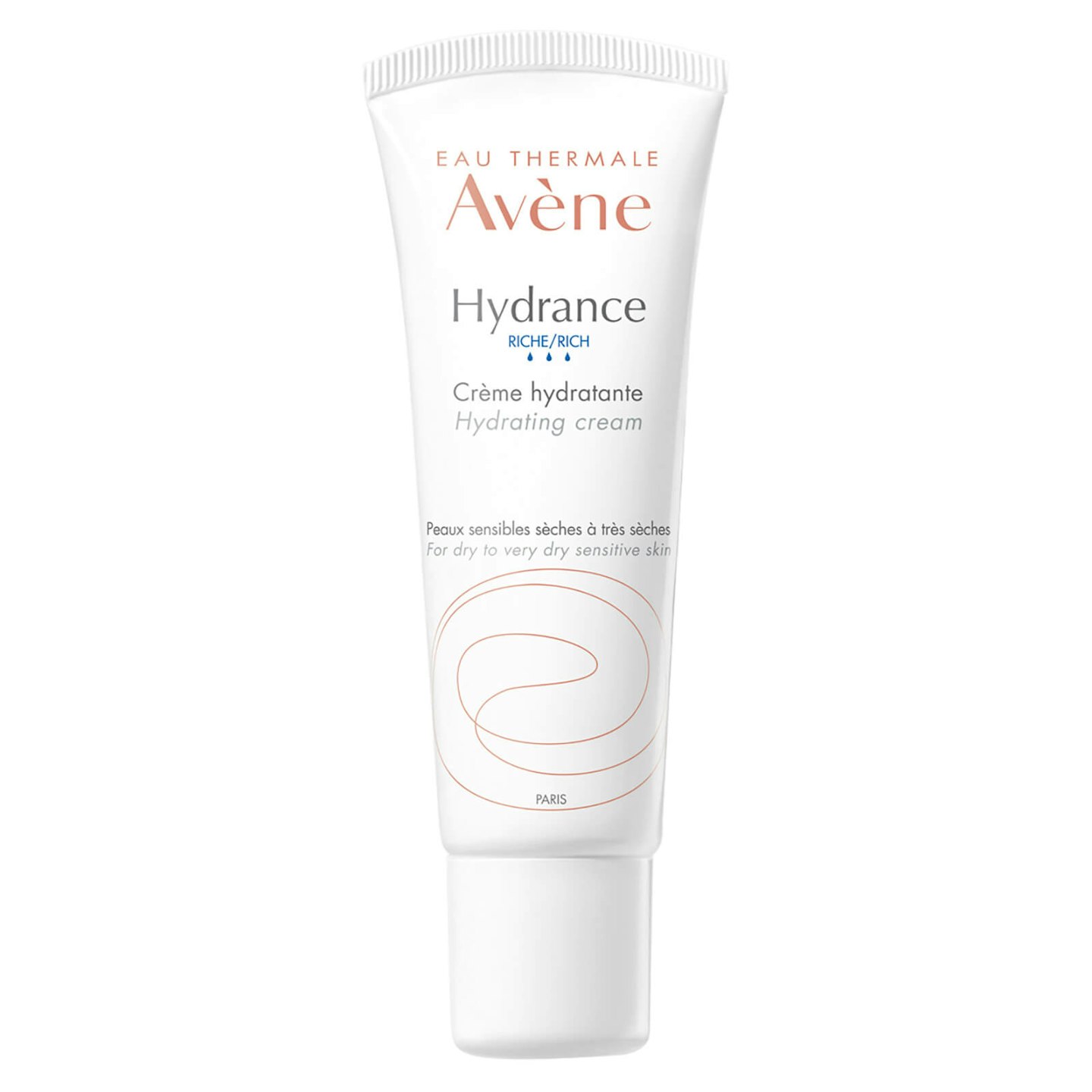 8 of 8
8 of 8Avène, Hydrance Hydrating Cream, £11.62
READ MORE: How Hailey Bieber Layers Skincare Products, And Her Beauty Cabinet MUST Haves
